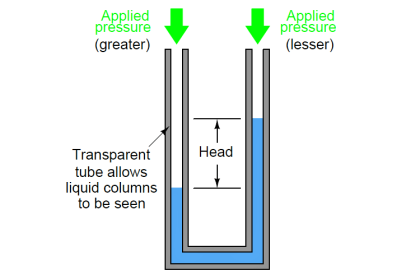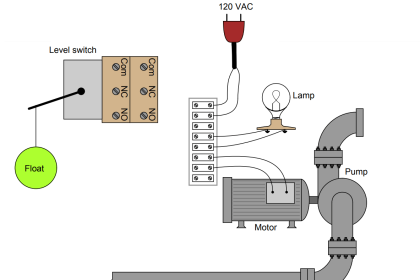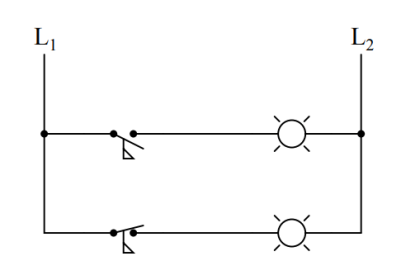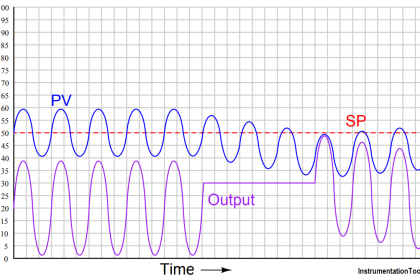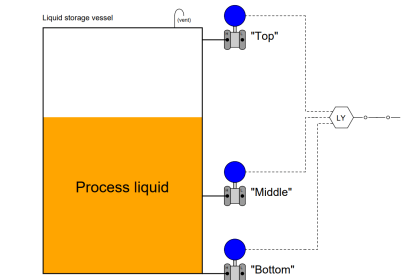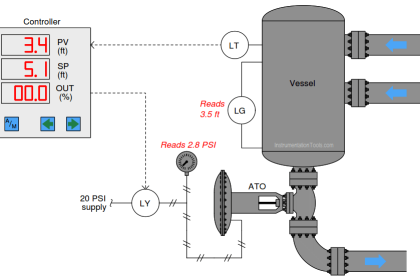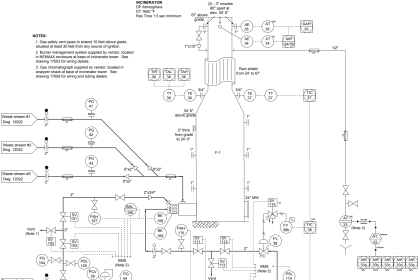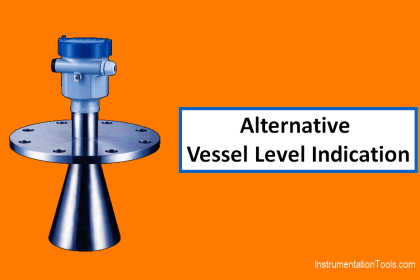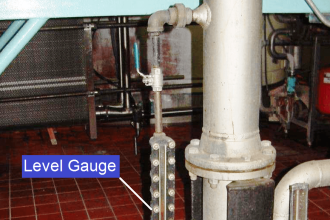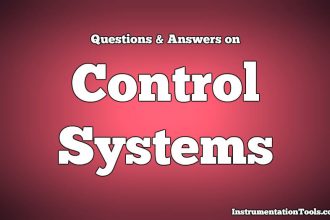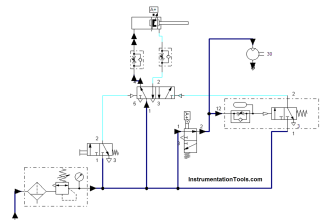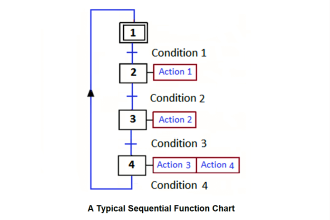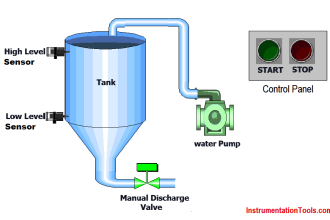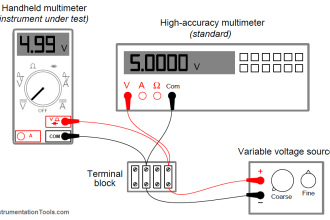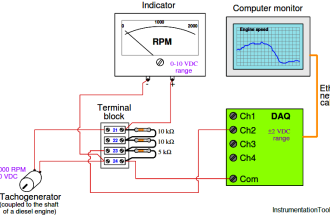The following graph shows the signal strength received by a guided-wave radar (GWR) level instrument over time:
Guided-wave Radar
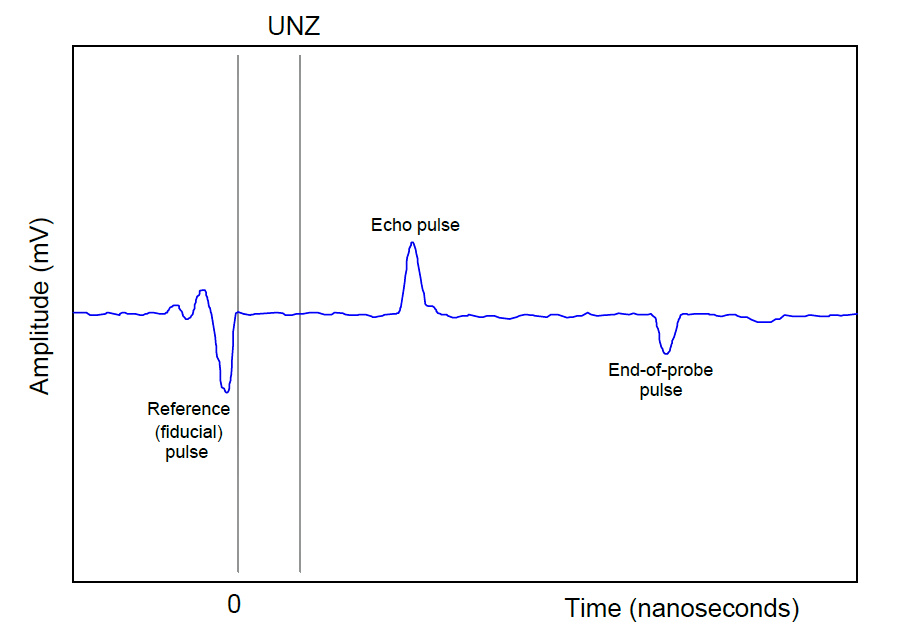
Explain how the graph will change if:
1. The liquid level increases
2. The dielectric constant (ε) of the liquid decreases
3. The density of the liquid decreases (assuming constant ε)
4. A liquid-liquid interface consisting of two liquids with different densities is introduced into the vessel
5. Also, explain what UNZ refers to (the Upper Null Zone).
6. Describe a practical reason for configuring a radar transmitter to have an upper null zone, and how this differs from a radar instrument’s transition zones.
7. Explain why the timing of both the echo pulse and the end-of-probe pulse will shift as liquid level changes in this system.
Share your answers and explanation with us through the below comments section.
Read Next:
- Guided Wave Radar Questions
- Ultrasonic Transmitter
- Block and Bleed Valves
- Stroke Checking Procedure
- DP Transmitter Located
Credits: Tony R. Kuphaldt
